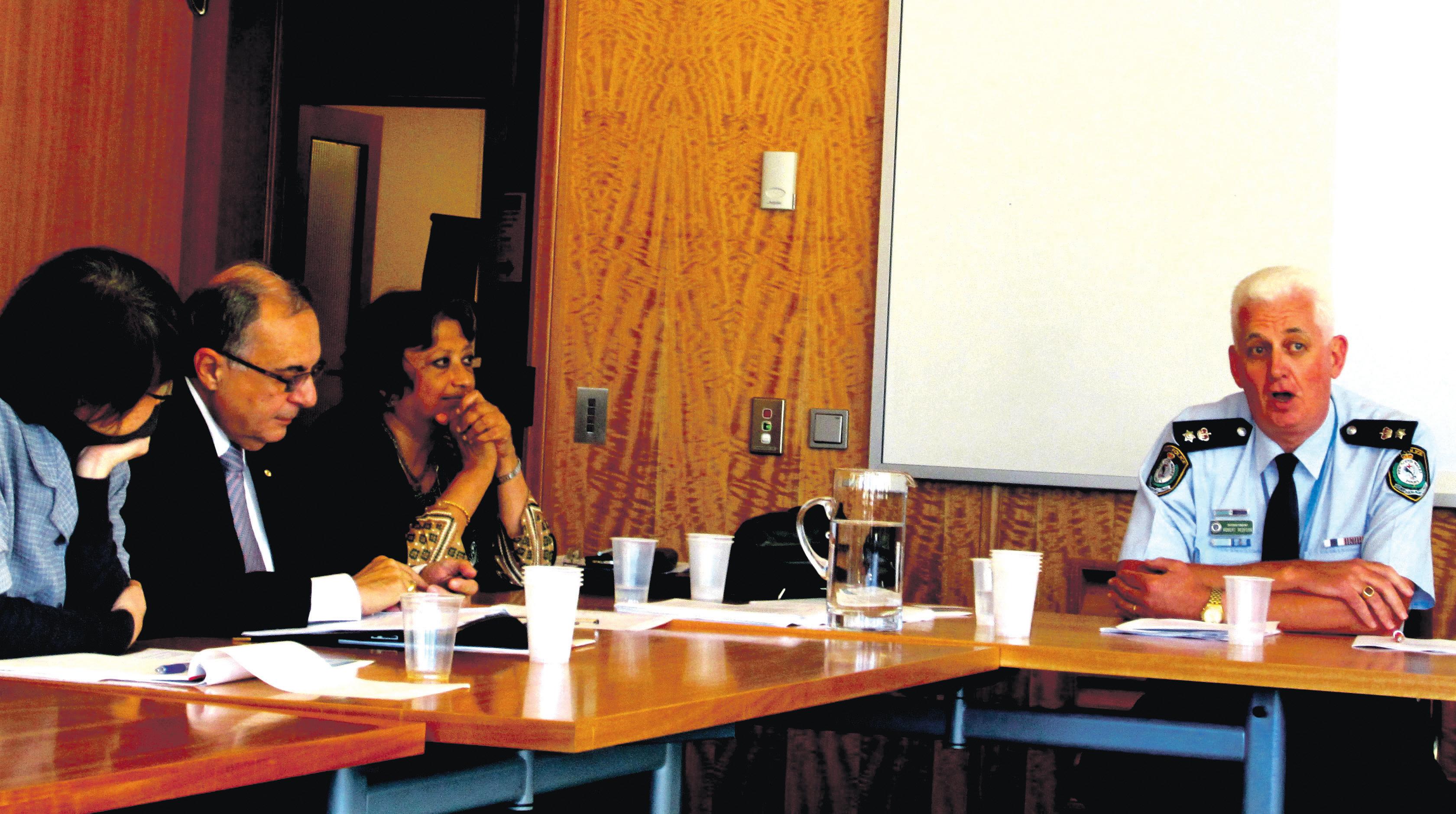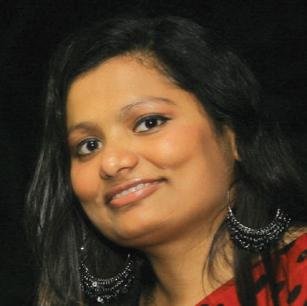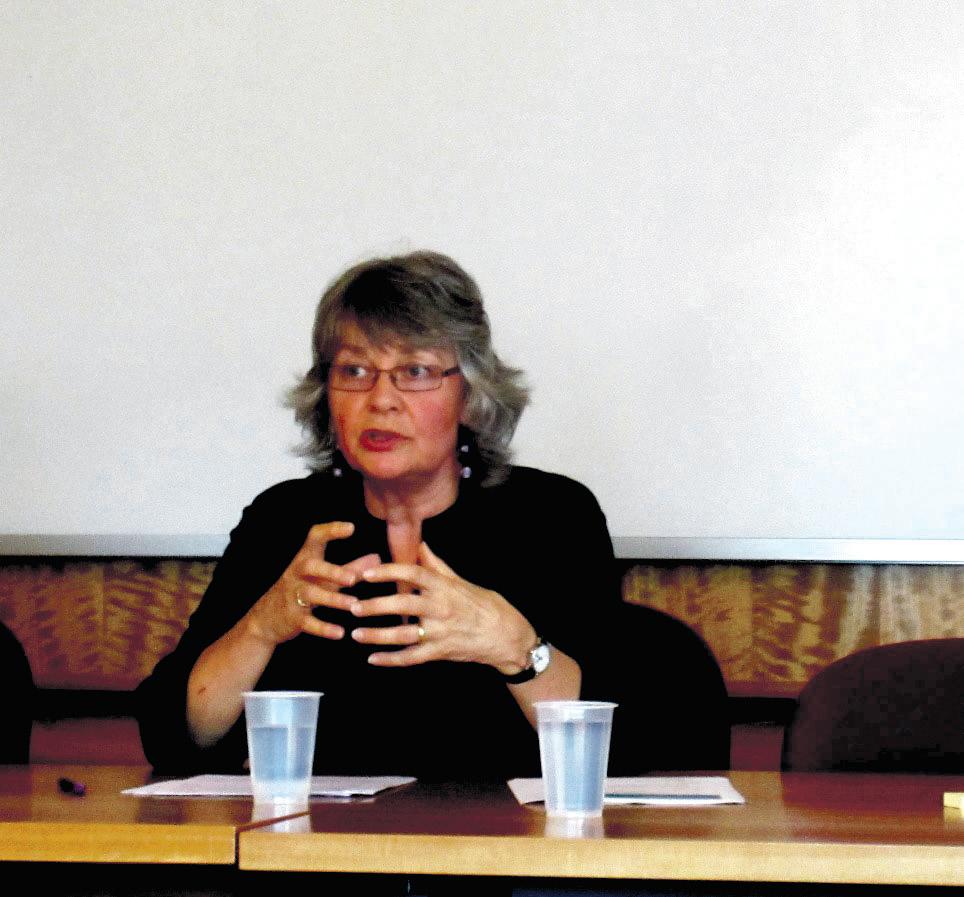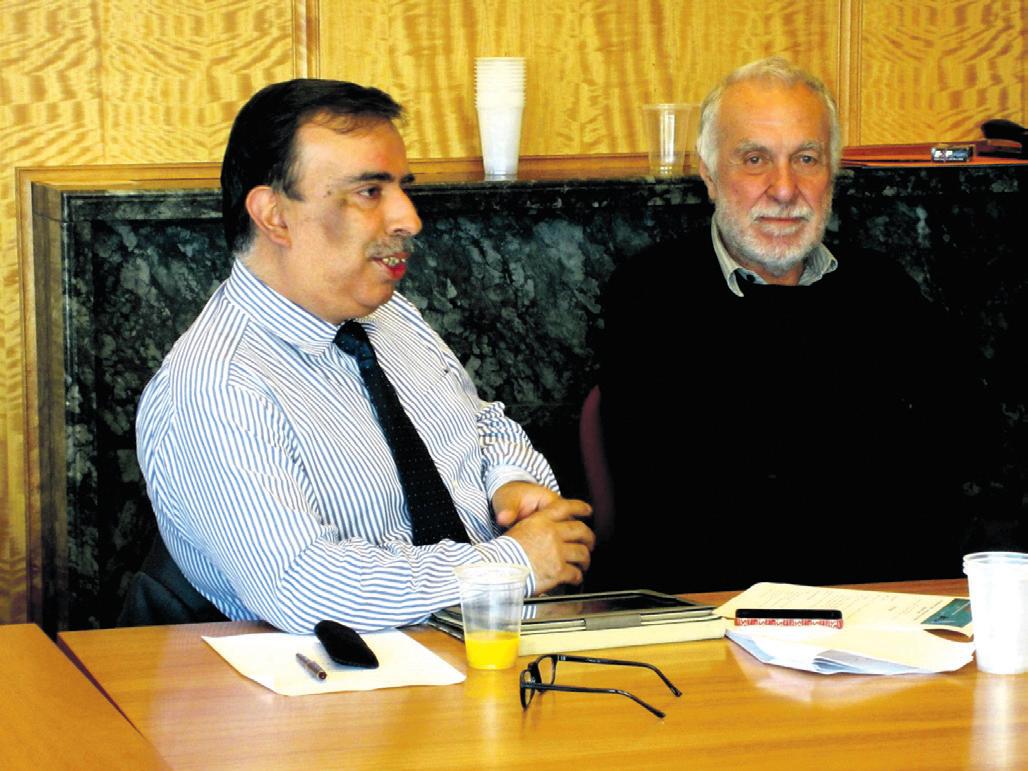
5 minute read
Building bridges
from 2012-04 Sydney (1)
by Indian Link
A UTS workshop takes a look at the Indian students’ crisis of 2009 and its repercussions
In 2009, a series of media reports in India publicised reports of crimes and robberies against Indians in Australia and described them as racially motivated Thereafter, an Indian Government investigation concluded that more than 20 incidents involved racial implications. Demonstrations in Melbourne and Sydney were intensely covered by the Indian media, which was mostly critical of Australia’s police force. The Australian government called for calm and began its own investigation into the crimes. In June 2009, the Victoria Police Chief Commissioner, Simon Overland, stated that some of the crimes were racist in nature, whereas others were opportunistic. Although the situation deescalated, it resulted in a decrease in student enrolments in Australia among other repercussions, and impacted the bilateral relationships between the two nations. Perceptions of both nations were also affected, and bonds became fragile.
Looking back at the socalled ‘Black year of 2009’, Devleena Ghosh, the director of the Indian Ocean and South Asia Research Network (IOSARN) at the University of Technology, Sydney (UTS) in conjunction with the Indian Consulate organised a workshop in late March. Attending were academics, community relations officers, research scholars and Indian consulate representatives. Prominent personalities present were Gail Pearson (academic lawyer of UTS), Jim Masselos (Indian history emeritus professor, USyd), Amitabh Mattoo (Australia India Institute, University of Melbourne), Matt Wade (Fairfax correspondent for India), Heather Goodall (Professor of History, UTS), Amit Dasgupta (Consul General of India) and Robert Redfern (NSW Police), among others.
Heather Goodall elucidated on the Australian policy of citizenship at the workshop.
Ms Goodall was in India in 2010 as visiting academic and recognized the deeper levels of tension and fear amongst parents of Indian students. She referred to the hyped-up article by Pranay Sharma in Outlook that was criticised by the Australian media. Ms Goodall suggested that a real exchange of students and academics is necessary for a better understanding of both nations on a wider scale. She emphasized that Sharma missed salient aspects in his article, like Nitin Garg’s murder, Pradeep Kumar in Mildura and Rashmi Patel in Griffith, all of which were eventually resolved.



“I would highly recommend a faculty-based support programme at UTS as the central University system does not seem to work very well,” said Goodall. Overall modification in the structural and industrial settings of workplaces, and occupation-based safety in Australia especially for Indian students and employees, were her other recommendations.
Matt Wade analysed the impact of the crisis on both nations and what would have worked better in the situation at the time.
“The Indian students’ crisis was the biggest story in India in the year 2009-10 and a nationally rebellious mood fostered the news to a higher level,” said Mr Wade. He stated that a general pattern of the repercussions of the crisis was the Indian media releasing news headlines and hyping up the incidents, which were then vociferously responded to by a defensive Australian media. These back and forth volleys of annotations and explanations continued with stories being spun on many different angles resulting in people drawing their own conclusions and adding up stories.
“Public relations by the Australian
Government should have been appropriate, but Australia’s response was too slow,” stated Mr Wade. Australia should have been more careful about what was said to the media.
Rory Medcalfe from the Lowy Institute for International Policy (Programme Director, International Security) then spoke about the implications of the 2009 student crisis on bilateral relationships between India and Australia. He emphasized on the excessive defensive responses from Australia towards the entire crisis. “There should have been warnings by officials that the problem was coming, focus should have been on violence and thereafter on welfare,” said Medcalfe. The crisis blew out of proportion in Victoria, which was the major cause of the rift.
Devaki Monani, a UTS academic, presented a paper which comprehensively covered the history of Australian politics in relation to human rights, raising a priority question about whether the basic rights of security, housing, information, anti-racial discrimination should be religiously provided to international students. Students and other immigrants on temporary visas also pay taxes like transport, GST, council rates for housing rents hence, should they be excluded from the services that are provided to other Australian tax payers? Monani emphasised that many students and temporary workers stay back in Australia and therefore they should not have to go through losses due to changed rules in the immigration policy.
Amitabh Mattoo of the
Australia India Institute (AII) at University of Melbourne, talked about the links between education, employment and immigration/ citizenship. “The Indian students’ crisis story has different narrators and therefore it is not easy to get one clear picture; most of the time the incidents happened at the wrong place at the wrong time, they were seldom racist and often of a criminal nature,” said Mattoo. He suggested that deconstructing all the incidents and bridging the different narrators to come to the same storyline is a good idea. He stated that knowledge of Australia, its culture and other aspects need to be heightened so that everyone is aware of how the country works.
Amit Dasgupta, Consul General of India in Sydney suggested that IOSARN at UTS and spokesmen at the workshop should endeavour to compile a book on the Indian students’ crisis for future reference. He summarised the main points discussed at the workshop: “Perceptions matter; be aware of generalisation; there needs to be a problem to realise there is a problem.”
He continued, “Communications should be open; be aware of rumours; be selective about who gets involved in the building of solutions to the crisis; create and build trust; keep the media in, but learn to keep them out; stay focussed when negotiating, and never underestimate the power of a cellphone!”
Dasgupta also noted that the uranium issue was totally different to the student crisis: one was a government issue and the other was totally non-governmental, so they do not need to be linked to each other by the media.
Robert Redfern from the NSW Police who played a key role in the handling of the Cronulla riots as well as the student crisis, stated that his department engages very well with the community. He explained that the demonstrations at Harris Park had to be concluded by the NSW Police because they could instigate revenge attacks and other crimes. Redfern emphasised a few general safety tips: “Do not make yourself an obvious target for crime; do not be susceptible to any roadside misconduct; be aware of your surroundings; walk together whenever possible; do not take shortcuts via dark alleys, and be safe.”
Stepan Kerkyasharian from the Community Relations Commission also talked about lessons learned. “The NSW government and Indian Consulate were involved at a very deep level during the crisis and there was no hypocrisy. It is important that we listen to people and international students, and that we are open with everyone.”
Christopher Kremmer (author, correspondent for SMH and ABC) offered reflection on the workshop by saying that perhaps Australia should learn to ‘listen’ better. “We don’t listen… we refused to listen about the uranium issue,” he observed, adding that negative perceptions can be ‘sticky’. Yet, the wellknown Indophile concluded, Australia must strive to become a welcoming country for Indians.
Herbal
Hair and Beauty (for ladies only)









